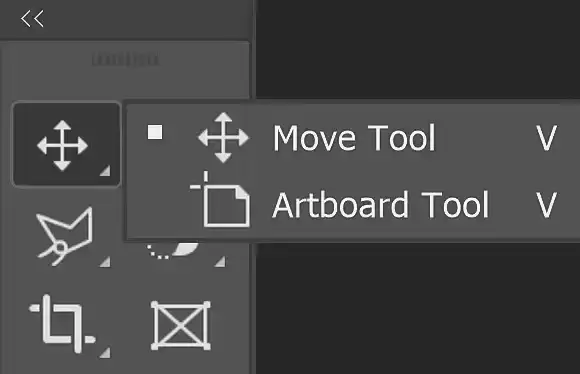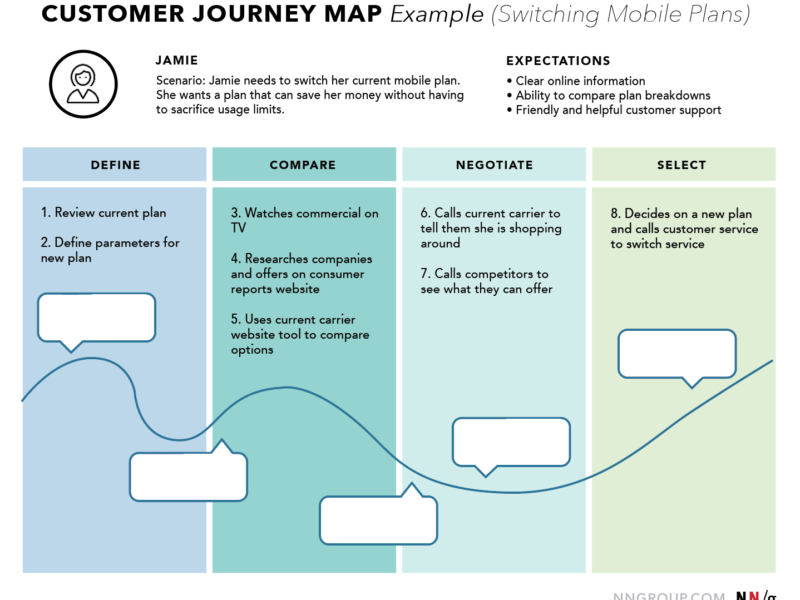Beyond One-Size-Fits-All Solutions
The Paradox of Choice in Modern UX
Imagine two culinary apps: one forces rigid workflows with fixed ingredient entry paths; the other adapts—voice input for hurried cooks, keyboard shortcuts for pros, and visual guides for novices.
The latter exemplifies strategic flexibility, where user diversity isn’t accommodated—it’s celebrated. As interfaces evolve beyond screens into voice, gesture, and AI-driven ecosystems, flexibility transitions from “nice-to-have” to core resilience strategy.
I. Why Flexibility Isn’t Optional Anymore
User fragmentation has exploded. Consider:
Skill variance: 68% of enterprise software users leverage shortcuts daily, while novices need guardrails
Context volatility: A sales rep checking CRM on a smartwatch needs distilled data; the same user on desktop craves granularity
Ability spectrum: 15% of global users require accessibility adaptations like dynamic contrast or voice navigation
The business cost of inflexibility: Dropbox’s 2019 redesign backlash proved that removing customization triggers abandonment. Conversely, Adobe’s workspace presets (photographer, video editor, etc.) boosted task efficiency by 40%.
II. Core Principles of Flexible UX
A. Nielsen’s 7th Heuristic: Decoded
“Flexibility and efficiency of use” mandates invisible accelerators for experts while retaining novice-friendly paths. Tactics:
Keyboard shortcuts (Gmail’s ‘c’ for compose) + gestures (Tinder swipe)
Customizable dashboards (Tableau’s drag-and-modify widgets)
Progressive disclosure: Slack’s ‘/command’ menu reveals advanced features contextually
“The Swiss Army Knife problem: Flexibility shouldn’t compromise core utility. A corkscrew must work, even if compact.”
B. The Adaptive-Personalization Spectrum
| Approach | User Control | Complexity | Example |
|---|---|---|---|
| Customization | User-driven | High | WordPress widget editor |
| Personalization | System-driven | Medium | Netflix’s AI-curated rows |
| Adaptation | Context-aware | Low | iOS Dark Mode auto-trigger |
Personalization pitfalls: Over-automation breeds distrust. Let users override algorithms—like Spotify’s “Don’t recommend this artist” option.
III. Frameworks for Building Flexibility
A. The Double Diamond’s Flexibility Zones
This research-design framework’s “Develop” phase mandates parallel prototyping. Case: IDEO designed a pediatric IV injector with:
Physical flexibility: Adjustable grip sizes
Cognitive flexibility: Color-coded dosage indicators for stressed nurses
B. BASIC Framework: Beauty, Accessibility, Simplicity, Intuitiveness, Consistency
Airbnb nails simplexity:
Advanced filters (expert: “pet-friendly + fireplace + <$100”)
Visual discovery (novice: scrolling inspirational photos)
C. Fogg Behavior Model for Habit-Forming UX
Triggers require flexibility:
External trigger: Email reminder (novice)
Internal trigger: Muscle memory shortcut (expert)
Duolingo’s practice reminders adapt: push notifications → home screen widgets → streak alerts
IV. Tools & Implementation Tactics
A. Flexibility-First Prototyping
UXPin: Code-based components enable testing responsive adaptations (e.g., how a dashboard reflows on foldable screens)
Figma Variables: Create dynamic prototypes that switch layouts based on simulated user personas
B. Contextual Shortcut Design

Best practices:
Discoverability: Slack’s ‘Cmd+/’ shortcut cheat sheet
Consistency: Match platform norms (Mac = ‘⌘S’, Windows = ‘Ctrl+S’)
Escape valves: Always allow undo (Ctrl+Z)
C. AI-Powered Adaptation Engines
2025 trend: TensorFlow.js models predicting UI preferences:
# Pseudo-code for layout personalization user_behavior = track_interaction_patterns() if user_behavior["scroll_speed"] > 2.5px/sec: activate("dense_data_mode") elif user_behavior["error_rate"] > 0.4: trigger("guided_workflow")
V. Navigating the Flexibility-Usability Tradeoff
The inverse correlation law: As flexibility ↗, initial usability ↘ 10. Mitigation strategies:
A. Tiered Flexibility Approach
Must-have: Core features (e.g., email search)
Should-have: 20% effort → 80% impact (e.g., filter presets)
Could-have: Advanced customizations (e.g., API integrations)
Example: Notion’s template gallery (novice) → formula database (pro)
B. Onboarding as Flexibility Translator
Loom’s interactive coach marks: “Press ‘R’ to record” prompts during first use
Figma’s modular learning paths: “Design basics” vs. “Auto-layout mastery” tracks
VI. 2025 Flexibility Frontiers
Voice-Gesture Hybrids: Zoom’s “Voice raise hand → gesture to unmute”
Self-Healing UIs: Components that auto-adjust contrast/scale for accessibility drift
Ethical Flexibility: GDPR-compliant dark patterns (e.g., unsubscribe equally accessible)
Sustainable Adaptation: Low-energy dark modes saving OLED battery life by 30%
VII. Your Flexibility Action Plan
Audit existing friction
Hotjar session replays showing hesitation points
Logs tracking shortcut adoption rates
Prioritize 2-3 flexibility levers
Start with customizable workspaces or keyboard shortcuts
Test with extremum users
Novices (first-time signups) + Experts (power users)
Measure flexibility ROI
↘ Task completion time
↗ Feature discovery depth
↘ User frustration metrics
“Perfection is the enemy of adaptability. Ship learnable interfaces, then iterate via behavioral data.” — Maria Goudet, UX Strategist
The Ultimate Flexibility Test
Ask: “Can a paralyzed designer use my interface via eye-tracking? Can a developer automate this task via API?” When both answers are “yes,” you’ve built antifragile UX.
Flexibility resources:
The most flexible systems aren’t chaotic—they’re consciously adaptable. Your users aren’t one persona; they’re a spectrum of needs waiting for elegant accommodation.


